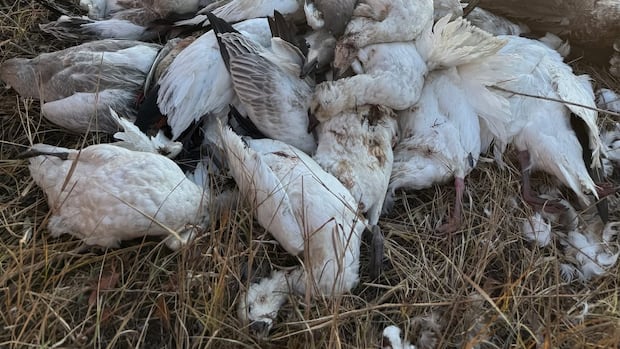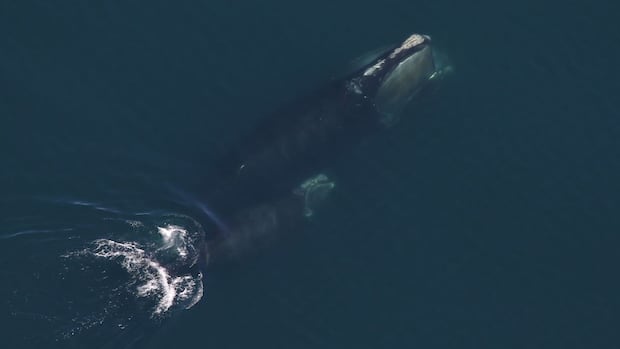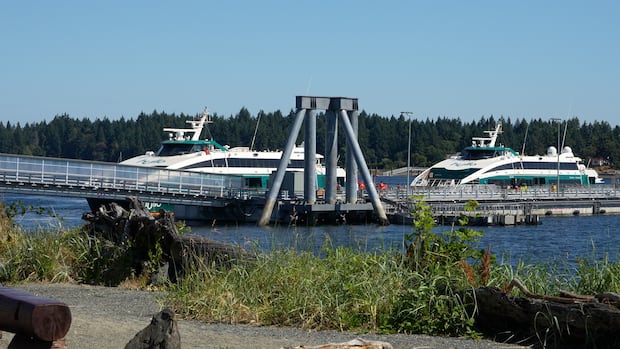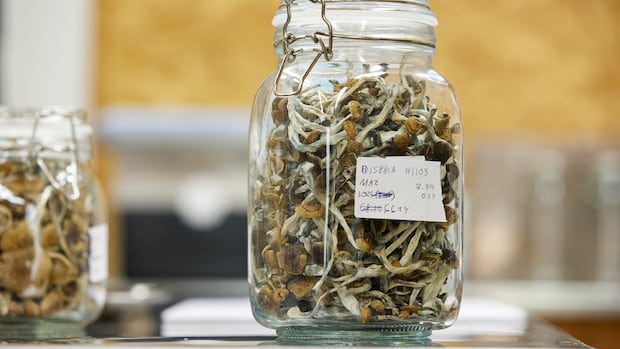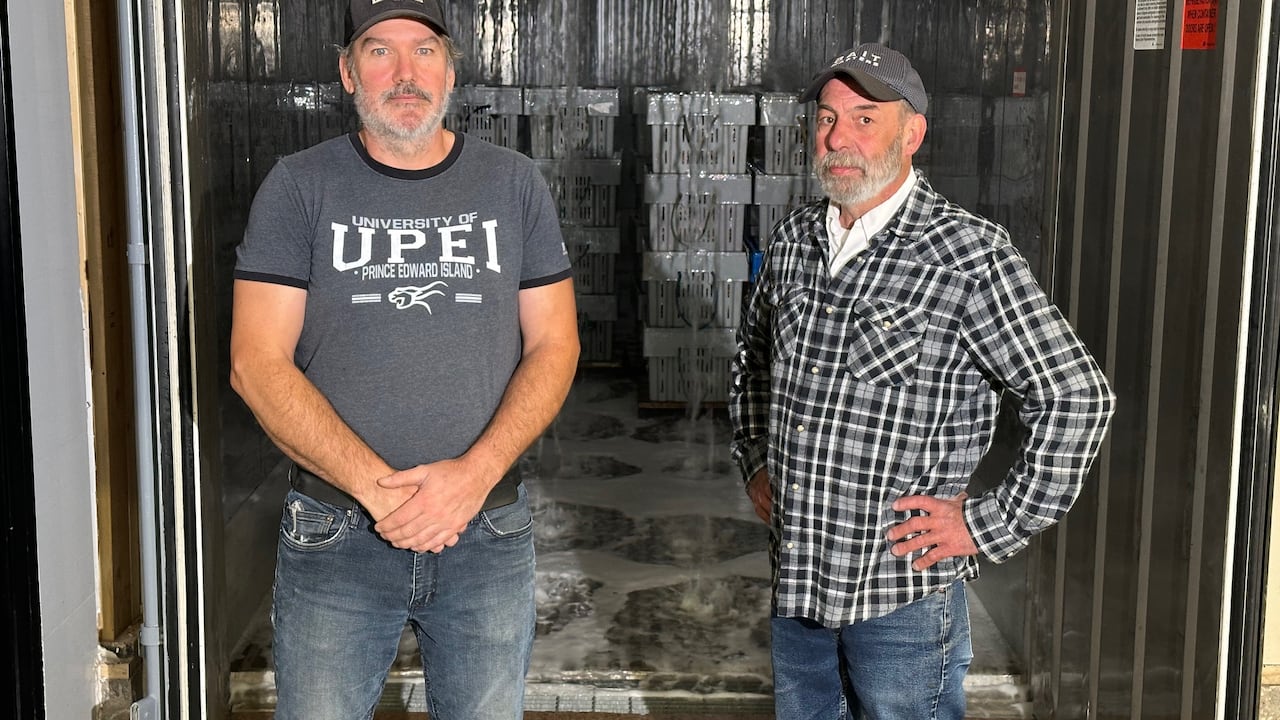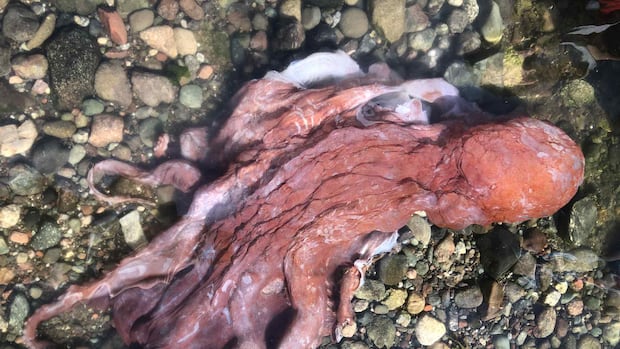The long-endangered North Atlantic right whale saw a “modest” increase in numbers in 2024, says a newly released estimate from the New England Aquarium.
The estimate puts the population at 384, up from the 2023 estimate, which has been revised to 376.
The centre also reported a substantial drop in entanglements and ship strikes — the leading cause of injury and death for right whales — so far this year.
The eight-whale increase last year is very good news, given the population was in decline for almost a decade, says Philip Hamilton, a senior scientist at the aquarium's Anderson Cabot Center for Ocean Life in Boston.
But this doesn’t mean the species is recovered.
“Often the first thing I get asked is, ‘So are we good? Are we out of the woods?’ And the answer is no, but it's good to have some good news,” Hamilton said.
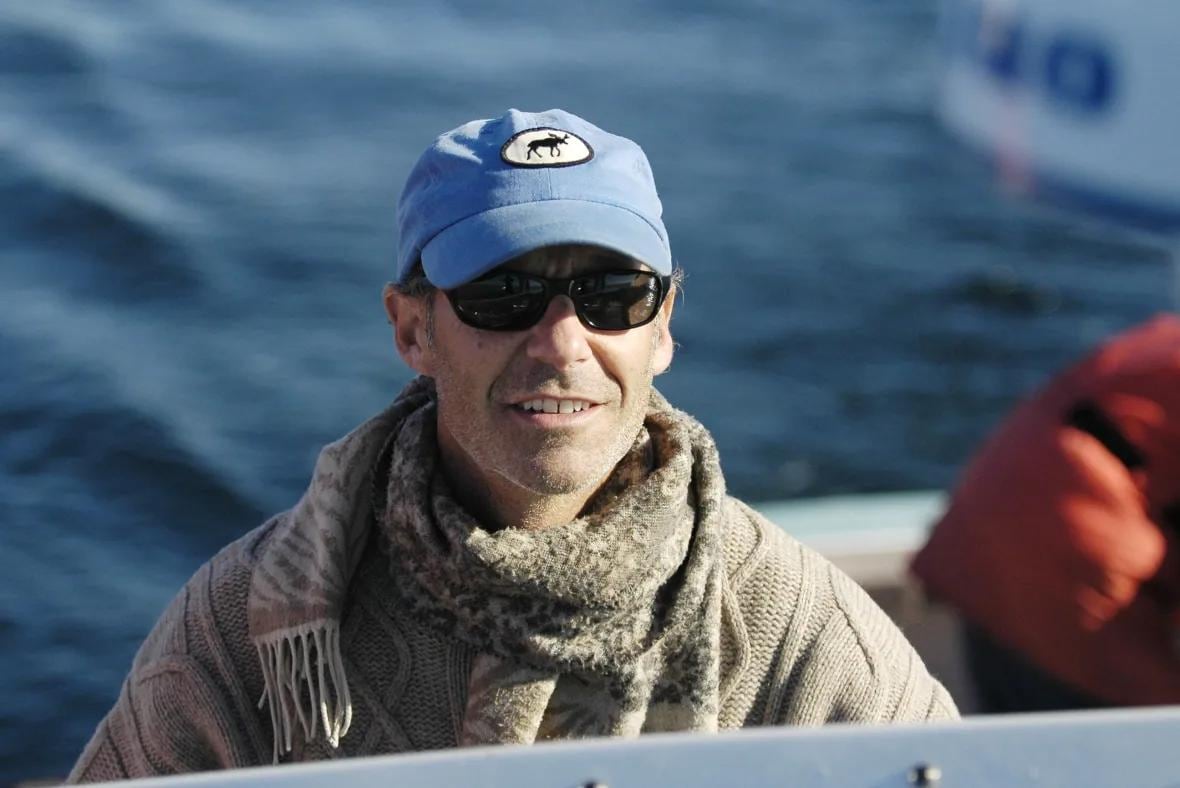 Philip Hamilton, senior scientist at the New England Aquarium’s Anderson Cabot Center for Ocean Life, says the increase in estimataed right whale numbers is good news. (Submitted by New England Aquarium)
Philip Hamilton, senior scientist at the New England Aquarium’s Anderson Cabot Center for Ocean Life, says the increase in estimataed right whale numbers is good news. (Submitted by New England Aquarium)The U.S. has considered the North Atlantic right whale endangered since 1970.
Looking back, Hamilton said, right whales responded to a big change in habitat in the 2010s, with many of the whales changing pattern and heading to the Gulf of St. Lawrence in late spring. This led to high mortality for the whales.
WATCH | ‘It’s good to have some good news’:The size of the North Atlantic right whale population increased slightly in 2024, according to a new estimate from the New England Aquarium, but that doesn’t mean the endangered whale is “out of the woods,” scientist Philip Hamilton says.The whales seem to be adjusting to the new “oceanographic regime,” said Hamilton, but things could change very quickly and it’s difficult to say whether the increase will continue.
“If they move into another habitat, like if they are all of a sudden feeding right at the entrance to the shipping lanes, the New York Harbor, we could lose a lot of whales in a short period of time, similar to what happened in the Gulf St. Lawrence in 2017 and 2019,” Hamilton said.
“Barring that sort of dramatic, I hope and expect for another modest increase next year.”
Those two years saw unprecedented numbers of right whale deaths. In 2017, there were 12 deaths in the Gulf of St. Lawrence — several from violent strikes or rope entanglements. In 2019, there were nine deaths in and around the gulf.
The deaths prompted government regulations on speed limits for ships and dynamic fishing closures when whales are spotted in certain areas.
Along with the 2024 population estimate, the center also released information about 2025 entanglements and vessel strikes.
While the population estimate takes more time, since the aquarium needs to process and confirm data it gets from the entire eastern seaboard, injuries are tracked in near real time, so it’s easier to provide those numbers so far for 2025.
In 2024, the center reported five right whale deaths, 16 entanglements and eight vessel strikes.
In comparison, so far in 2025, scientists logged one new entanglement injury and one vessel strike.
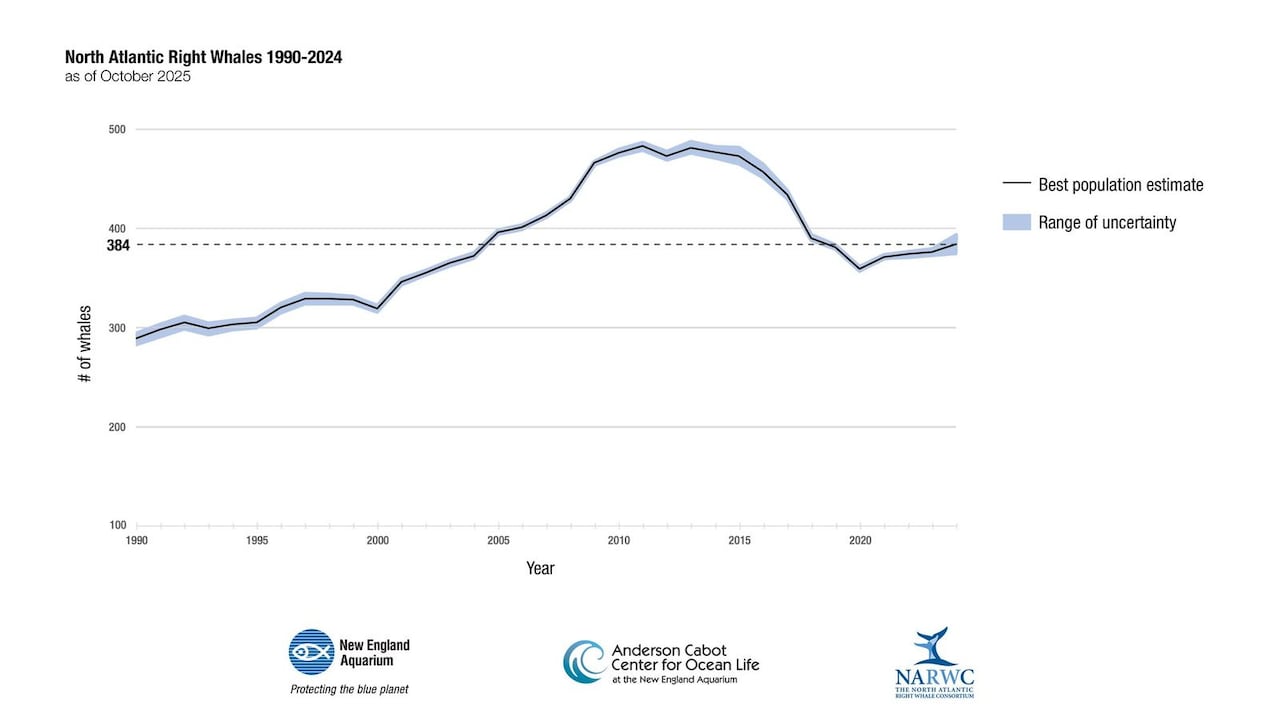 The population of the North Atlantic right whale saw a dramatic decrease in the 2010s, which can be seen in this chart documenting the population from 1990 to 2024. (Submitted by New England Aquarium)
The population of the North Atlantic right whale saw a dramatic decrease in the 2010s, which can be seen in this chart documenting the population from 1990 to 2024. (Submitted by New England Aquarium)There have been some whales that were logged as entangled in 2024 that are still entangled, with no success getting them freed. One whale that was entangled in 2024 became free this year.
“There have been no detected mortalities,” Hamilton said. “We know that we see only about a third of the mortality, so that doesn't mean that mortality hasn't happened, but again, we'll take the good news where we can, even though we know it's not the full picture.”
As well, Hamilton said the reproductive pool is increasing slowly. The estimated number of reproductive females in 2024 is 72, up from 70 the previous year.
So far in 2025, there have been 11 births. While most mother-calf pairs are spotted in waters in the southeastern U.S., two of the season’s new mothers were spotted with their calves in unexpected places.
Accordion was spotted with her calf off New York in February, and Monarch was spotted with her calf off Cape Cod Bay in April.
Hamilton said there are still some females that have reached reproductive age but have not given birth to their first calf yet.
“We have some females that never calve that we know of, but … we have, basically, a pool of females waiting in the wings to come into the reproductive pool. I hope that they do so soon."



